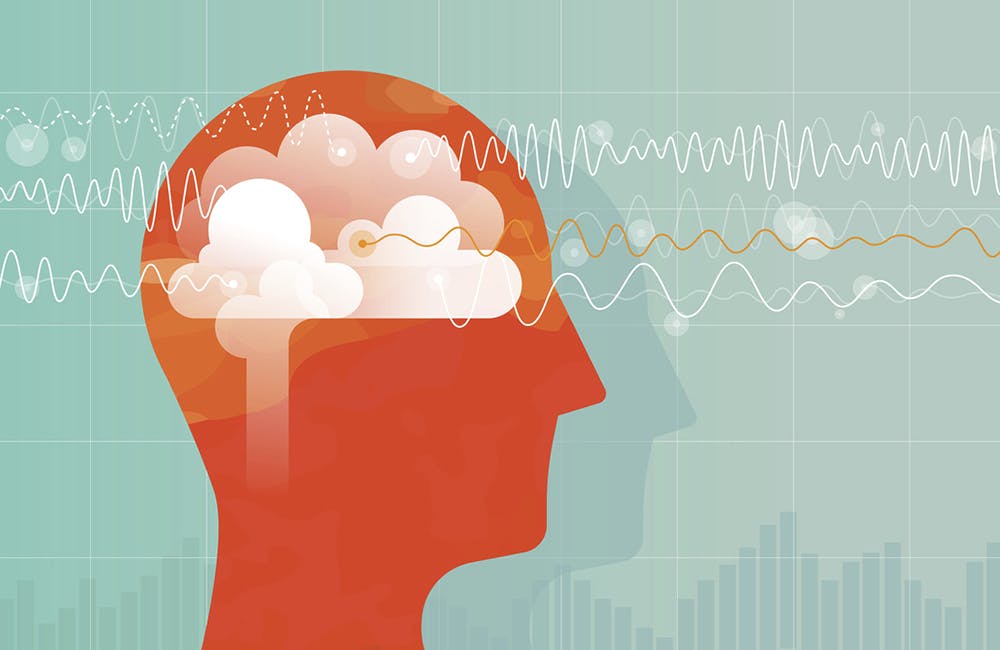Opinion: AI Is Reshaping Government, Can Contractors Keep Up?
To compete in the new AI-driven public sector, contractors must demonstrate the one thing machines can’t deliver: human originality.

The government contracting industry hasn’t been in a market this dynamic since the “Peace Dividend” of the early 1990s.
This time, the cause is the federal government’s ongoing artificial intelligence transformation. This once-in-a-lifetime business opportunity is currently defined by expectations and innovation models built by and for Silicon Valley. Yet those models often prioritize speed and scalability over nuance and human-centered judgment — traits that have traditionally been core to successful public service.
For years, Silicon Valley and the government contracting world have pursued divergent paths, decoupling significantly after 9/11. Contractors focused on delivering services, while Silicon Valley prioritized commercial products. Both sectors thrived under their respective models, though the product-led approach enabled faster innovation cycles and greater wealth creation. Now those differences are being tested, as the rapid adoption of AI begins to blur the boundaries between the two.
As AI becomes the dominant technology shaping public and private sector work, contractors must find a way to compete on something Silicon Valley doesn’t own: original intelligence (OI) — the uniquely human ability to generate novel ideas, spot unexpected solutions, and push beyond what AI can replicate.
With many of the current administration’s top innovation advisors coming from Silicon Valley, it’s no surprise the second Trump Administration has prioritized policies that clear the runway for AI development while shrinking the federal workforce under the banner of efficiency. The result is a rapid acceleration of AI integration into the core operations of government. And while AI brings speed and scale, it lacks adaptability and emotional intelligence, creating new blind spots in service delivery that human workers once filled.
If government contractors can’t articulate the distinct value their people add, they risk being left behind in a system increasingly optimized for automation. In February, a senior U.S. official openly described a future where machines replace human workers across the board — a stark signal of where policy is headed. Soon after, the General Services Administration launched an expansive audit of its agreements with nearly 20 major firms, pushing them to defend their value beyond speed and cost. Another wave of scrutiny hit 10 tech vendors just last week, with GSA citing concerns over high markups and lack of pricing transparency. In an environment where originality is not easily measured, many contractors will find it increasingly difficult to demonstrate their strategic contribution.
The government contracting industry is at a crossroads, and failure to adapt quickly to this new paradigm could make it nearly impossible to remain competitive. Adapting to an innovation model with roots outside of the industry may at best preserve business revenue, but it will not provide any opportunity for leadership or growth. This is where OI becomes the answer.
AI is neither threat nor savior — it is a tool, and like any tool, its impact depends on how we use it. AI’s strengths come with a downside: because AI is built to pull from what already exists, it tends to smooth out differences and lean into sameness. The more we use it, the more it feeds on its own ideas, repeating what’s already out there instead of creating anything new. That means we get faster answers, but not necessarily better ones — and certainly not more original ones.
This moment opens a clear path for government contractors to redefine their value in an AI-driven landscape. Until now, there’s been no clear way to measure or articulate the uniquely human contributions that make teams more effective. That’s where OI comes in. It’s what turns AI from a tool of efficiency into a driver of innovation and long-term value.
The most forward-thinking firms will now recognize OI as a strategic lever — a way to offer more than just what the machine delivers. This is a new value proposition: pairing AI with human insight to produce outcomes that neither could achieve alone.
Contractors who embrace this approach will not only future-proof their business models, they’ll also reassert their relevance to mission-critical public work. They’ll have a stronger case for why their people matter and why their work rises above commodity solutions. In doing so, they’ll challenge the narrative that government contractors are interchangeable or unnecessary in an AI-first world.
The next competitive edge in government contracting is clear: AI plus OI. The firms that deliver both will lead.
Jonathan Aberman is CEO and co-founder of Hupside, a new platform defining how we measure human originality in the AI age. With a background spanning venture capital, tech commercialization and academia, Aberman brings a unique perspective on emerging technologies and their economic and social impact.
This is a carousel with manually rotating slides. Use Next and Previous buttons to navigate or jump to a slide with the slide dots
-

What’s Coming in Federal IT in 2026
Agency leaders are operationalizing AI and modernizing legacy software to meet the demands of a changing government landscape.
6m listen -

Taka Ariga’s Take on Scaling AI After Public Service
Former federal AI leader Taka Ariga shares lessons from GAO and OPM and offers advice for feds navigating career transitions and AI adoption.
7m watch -

New GSA Chief Pledges AI-Driven Modernization
The newly sworn-in administrator says AI adoption, acquisition reform and real estate consolidation will define GSA’s role in modernizing government.
3m read -

These Words of the Year Reflect AI's Impact on Digital Life
Some of this year's trending words show how artificial intelligence and digital platforms are influencing daily life.
4m read








